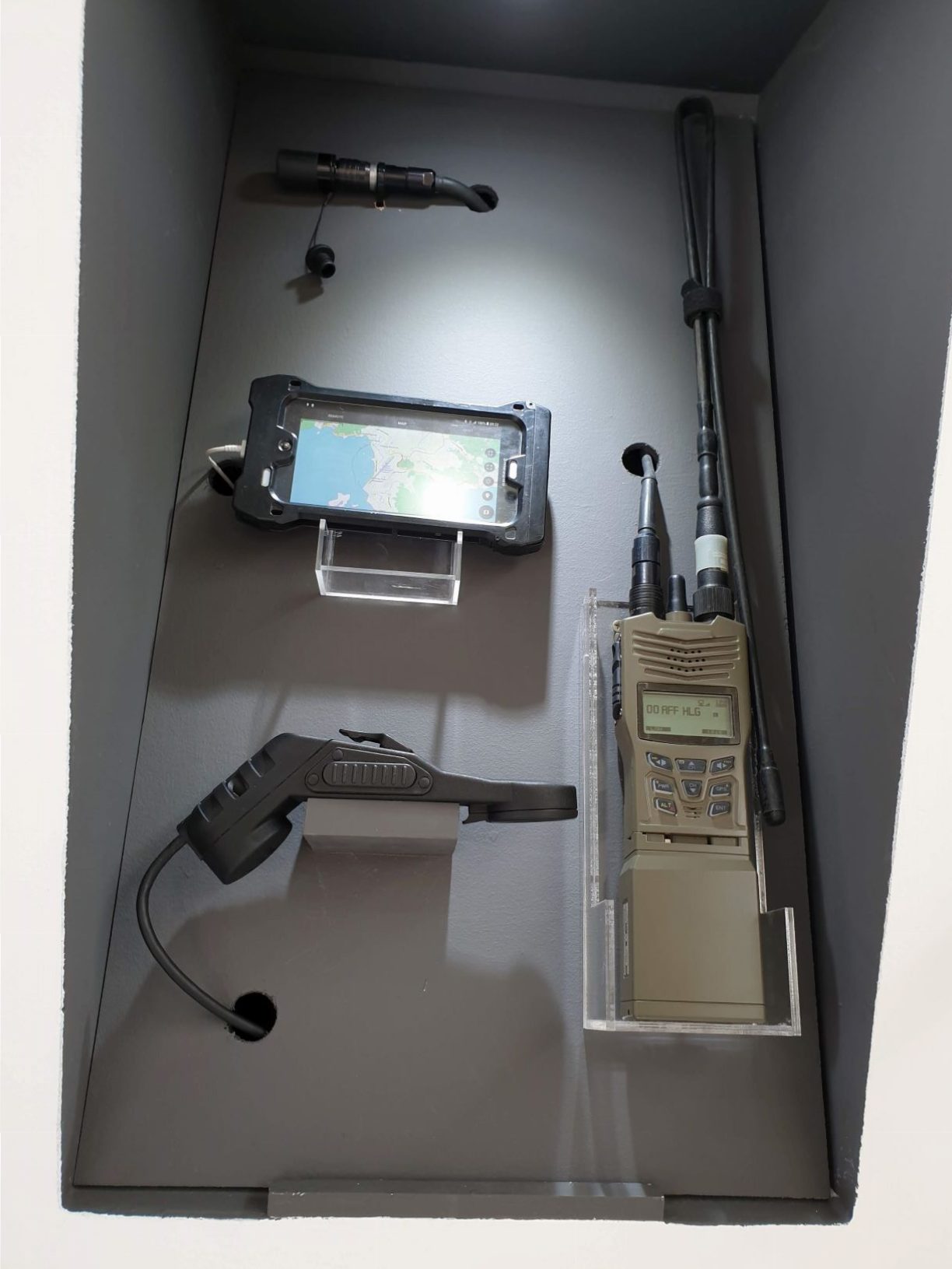
LANGKAWI: VHF radio launch at Lima 2019. PM Tun Dr Mahathir Mohamad launched the second generation of Sapura Thales Electronic’s (STE) military VHF radio, the TRC 5200 at LIMA 2019 on March. 26. The radios are fully designed and developed in Malaysia by STE, a joint venture between the Sapura Group and Thales.
The first-generation of handheld radios was a huge commercial success with over 5 000 units sold worldwide to countries in Asia, Middle East, Africa and South America
This new generation radio, is fully designed and developed in Malaysia by STE and will be available in the market worldwide by the third quarter of 2019.

Field trials have been performed in several countries worldwide including Malaysia, STE expects to sell more than 10,000 units of these new generation radios within the next five years, as the first-generation radios has a proven track record across markets.
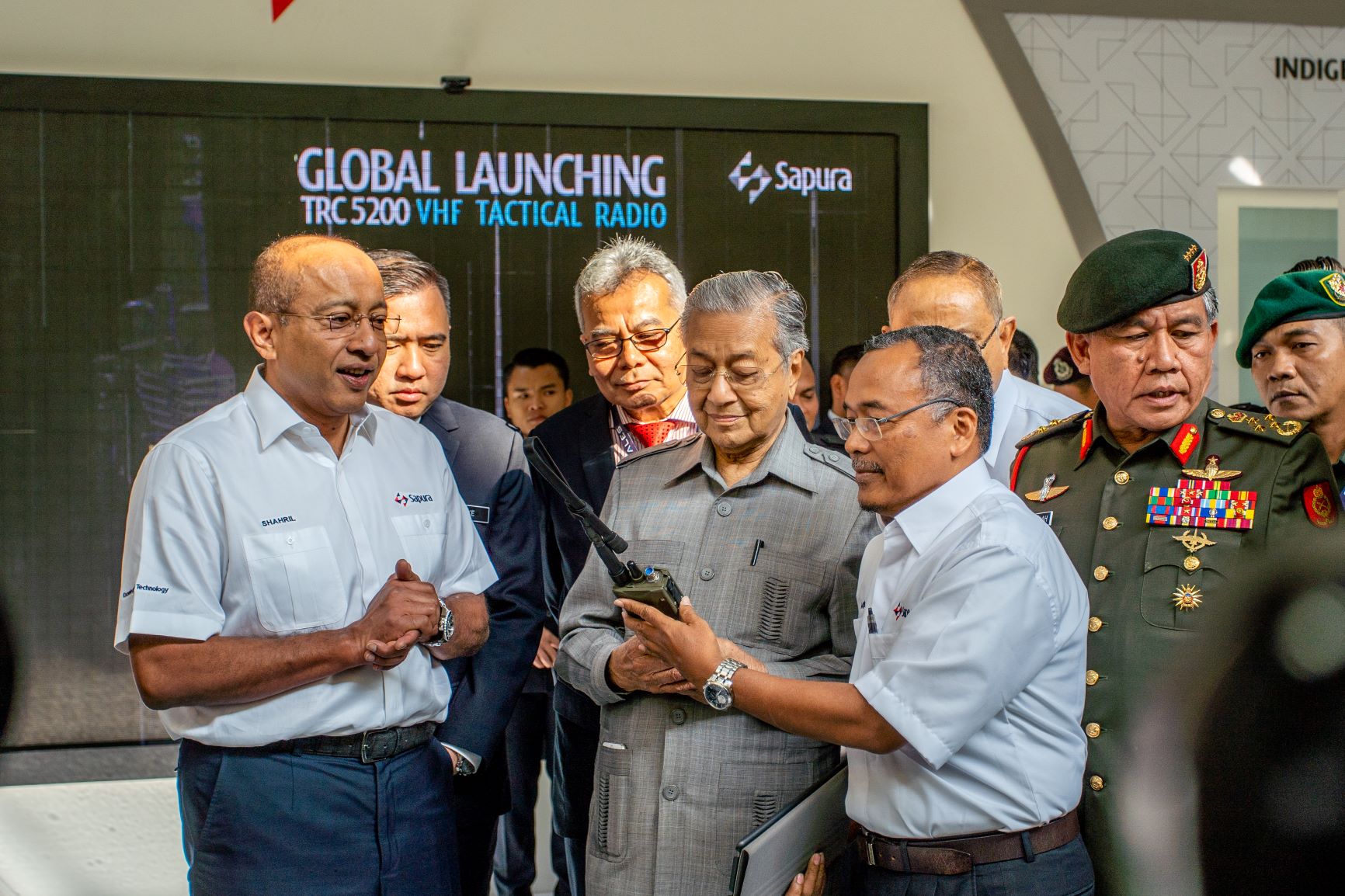
Dr Mahathir testing the new radio after the ceremony.
“Thales is excited to launch the new generation ‘Made in Malaysia’ radios with STE. It is a clear demonstration not only of our commitment to Malaysia’s human capital development, but also how our expertise and solutions are aligned with the country’s ambitions. We have been working closely with our key industry partners and customers to help deepen the skills and knowledge of the local workforce and we look forward to even greater collaborations in the future, as we fulfill our offset obligations in the country,” said Thomas Pistre, Country Director for Thales in Malaysia.
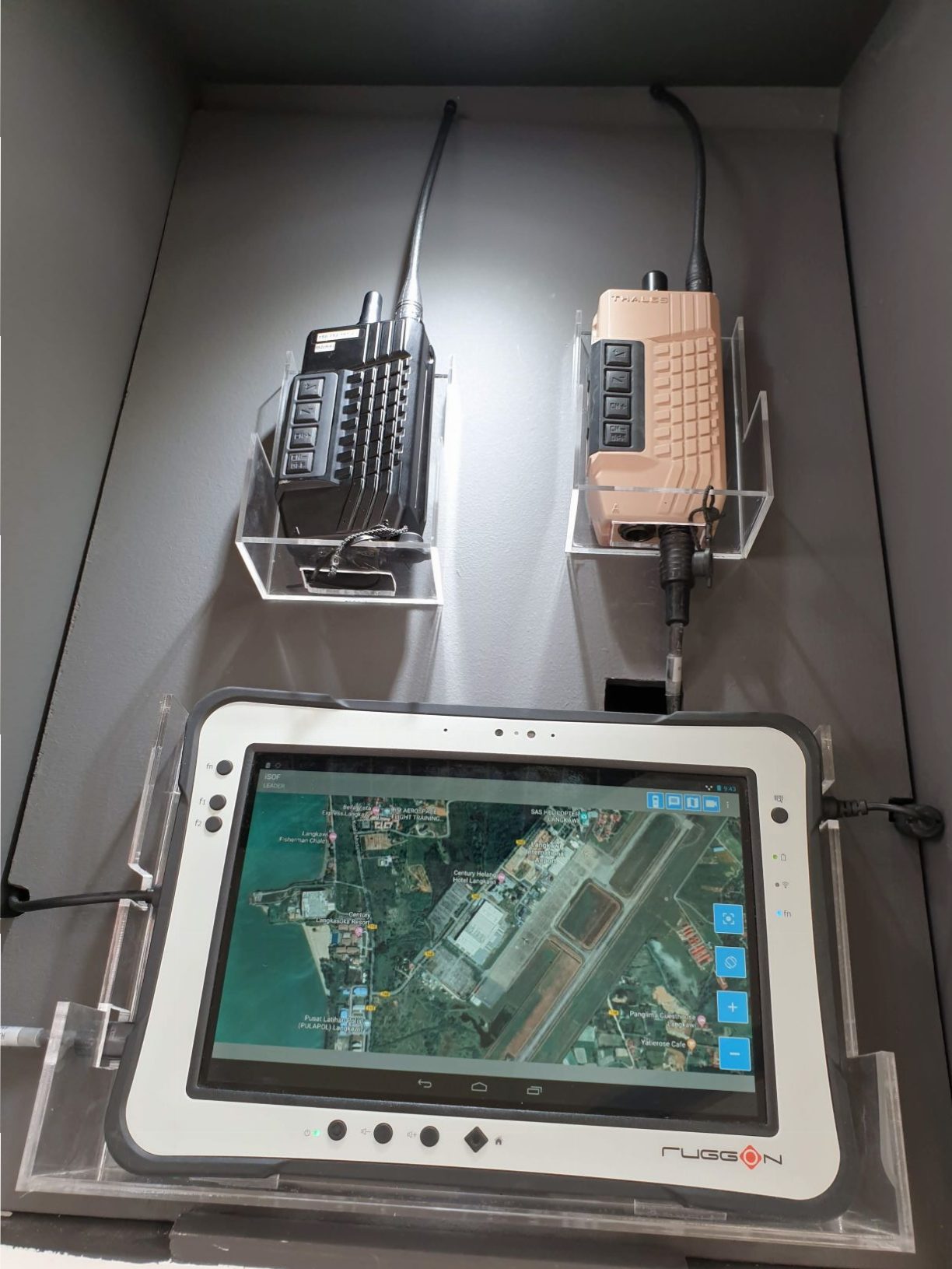
Since its establishment in 1996, STE has been designing, developing, producing and exporting handheld radios and tactical communication systems together with a range of accessories that are being used in several Armed Forces around the world.
— Malaysian Defence
If you like this post, buy me an espresso. Paypal Payment

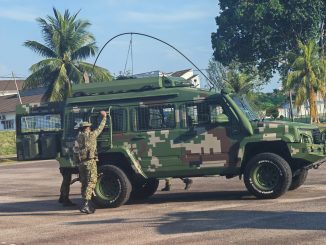
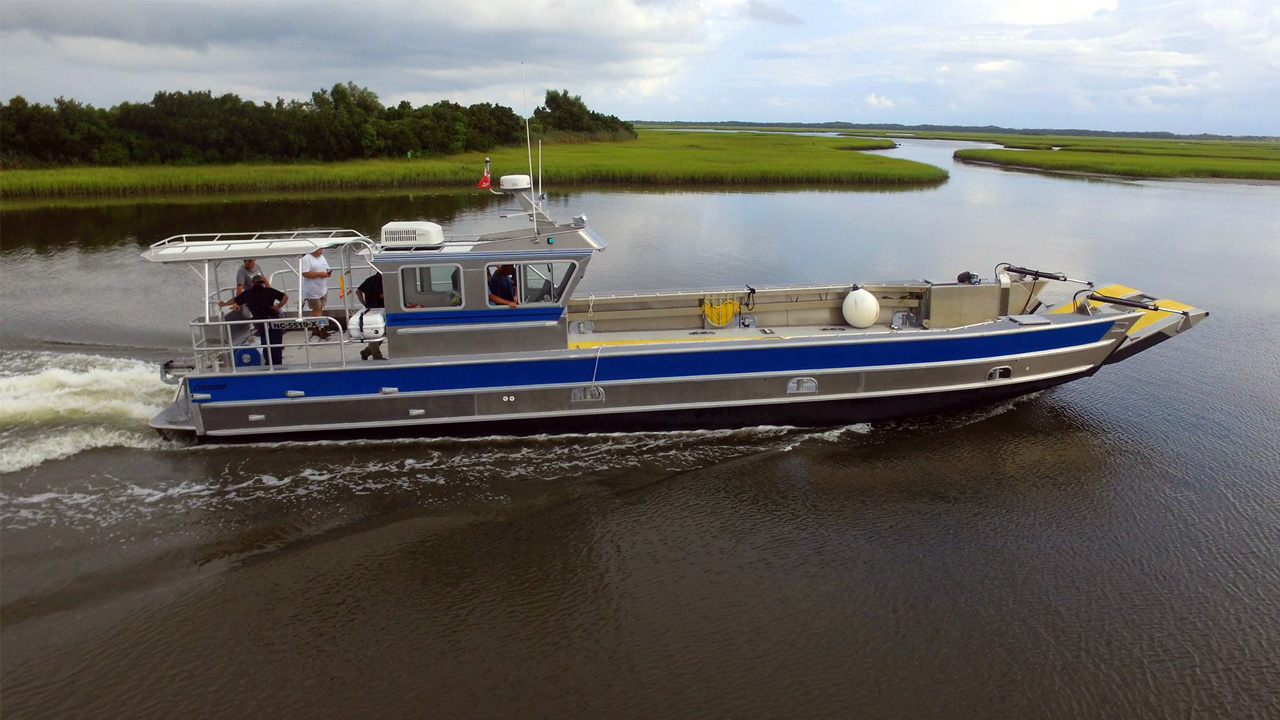
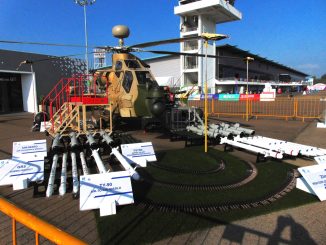
Made in Malaysia is one thing but its the Design & Developed in Malaysia that which we should be proud of. Kudos to STE!
Joe,
“Designed and developed” can be a broad statement. Years ago Deftech touted the AV4 as “designed and deceloped” locally but the actual designer was South African (he previously worked on the Olifant technology demonstrator). Who knows? Maybe this radio is really “local”.
The clearance to sell to other countries might be a clue that Sapura contribute significantly
@Azlan
I was just following up from Marhalim’s reporting, “This new generation radio, is fully designed and developed in Malaysia by STE”. As I said in a previous article, if this was truly developed locally, we should be proud of it. This is the one problem with us Malaysians, we tend to sneer at locally developed and made products.
I’m not sure about the level of Sapura’s contribution or how “local” it is but I do know that when it comes to its military communications business; Sapura has one main foreign technology provider/partner : Thales (when the partnership was formed it was known as Thomson CSF).
Wring……..
Nobody’s looking down at Malaysian made stuff. What I’m annoyed at are the instances (I’m not saying this is one) when stuff is produced locally under license or with foreign help and local companies give rhe impression its “designed and developed” locally.
Joe,
No I’m not one who “sneers” at locally developed/produced/assembled stuff but I’m one who doesn’t get automatically aroused with patriotic feelings merely because a product is “locally designed and developed”; because there are many factors to be considered.
There was one company which really had a “locally designed and developed” product : the thermal resistant paint the army uses. It has been exported, to even several NATO countries. This company never had booths at DSA or LIMA, never had VVIPs to launch its products and remains largely unknown to most local defence watchers/enthusiasts. Yet it’s truly “local”.
The whole idea of having locally made stuff is to reduce dependence of foreign suppliers, to achieve costs savings and to improve/support the local industry. The problem is whilst some local companies have indeed developed stuff that was not only cheaper but just as effective as foreign ones; others made stuff that only sold because it was “local” and cheaper but didn’t offer the same capability; thus in the end the end user didn’t get the capability that was needed – cash had to be later forked out to buy foreign in order to get the capability. At times the “local” product had to be retired prematurely because the OEM went bust : the MAF and taxpayer ultimately got screwed.
Buying “local” is good if the end product can deliver the same capability but if a product is cheaper but doesn’t offer the same capability; should we buy it merely because it’a “local” and cheaper? As it is we’ve quite a history of putting the local industry before the end user. Also, if a particular product is “local” but still relies on foreign sources for certain key components or services; what’s the point?
“foreign sources for certain key components or services; what’s the point?”
That’s a very myopic point of view, imho. Does an engine have to be developed right down to the bolts and nuts just to be recognised as “locally designed and developed?”
This is a globalised world where information, technology and innovation can be shared and used by anyone. We don’t have to reinvent the wheel just to be proud to call it locally made. Neither should we be ashamed to work with experts from other countries.
The only thing that matters is, did our R&D learn anything from their experience and expand from thereon, or are they just integrators and users of those systems developed?
Case in point, Singapore’s respectable defence industry didn’t start from scratch and didn’t limit to locals doing the development, they had a lot of help and relied on foreign partners (and they still do!), but they were able to grasp the base concept what their research and expand it to another level and another. They looked at opportunities not blind nationalism to reach their objectives.